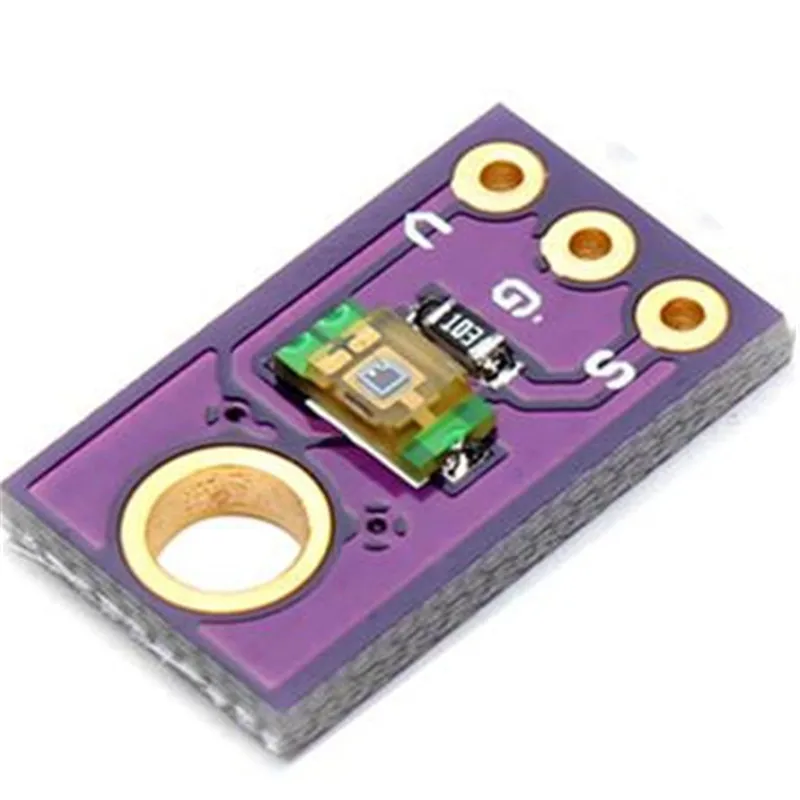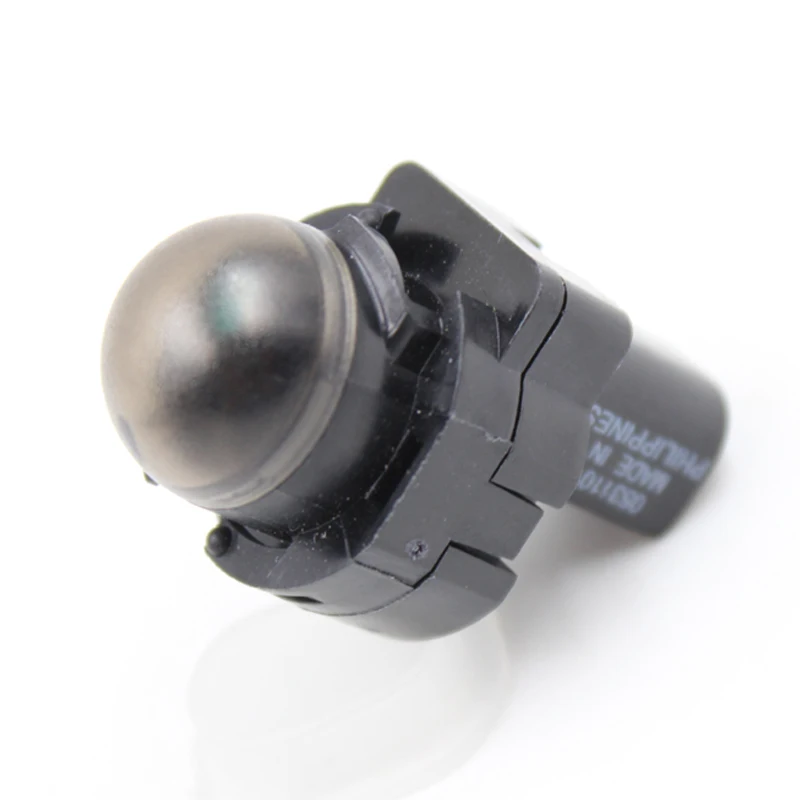

Spotfi: Decimeter level localization using wifi. Manikanta Kotaru, Kiran Joshi, Dinesh Bharadia, and Sachin Katti.IEEE Transactions on Consumer Electronics 57, 4 (2011). TDOA-based optical wireless indoor localization using LED ceiling lamps. Soo-Yong Jung, Swook Hann, and Chang-Soo Park.Kiran Raj Joshi, Steven Siying Hong, and Sachin Katti.IEEE photonics technology letters 5, 1 (1993), 70-72. Robert R Hayes and David L Persechini.In Proceedings of the 9th international conference on Mobile systems, applications, and services. Indoor location sensing using geo-magnetism. Jaewoo Chung, Matt Donahoe, Chris Schmandt, Ig-Jae Kim, Pedram Razavai, and Micaela Wiseman.In Proceedings of the sixteenth annual international conference on Mobile computing and networking. Krishna Chintalapudi, Anand Padmanabha Iyer, and Venkata N Padmanabhan.In Proceedings of the 10th international conference on Mobile systems, applications, and services. Yin Chen, Dimitrios Lymberopoulos, Jie Liu, and Bodhi Priyantha.Nineteenth Annual Joint Conference of the IEEE Computer and Communications Societies. RADAR: An in-building RF-based user location and tracking system. Paramvir Bahl and Venkata N Padmanabhan.Understanding Camera Optics & Smartphone Camera Trends. Extensive evaluations demonstrate that our system can achieve a decimeter-level localization accuracy with about 1 mW power consumption, which is 2000 times less than existing camera-based VLP solutions. To overcome the insufficient sampling ability of ALS, we exploit the nonlinearity of ALS to sense the leaked energy from high frequency(≥ 1 KHz) at a low sampling rate(100 Hz).

In this paper, we present a light-weight VLP system, NALoc, which leverages the ambient light sensor (ALS) readily on many mobile devices to sense high-frequency-modulation location information. Existing solutions either rely on the high-resolution cameras or a dedicated photodiode to capture the location information, but the high power consumption and extraction deployment cost hinder their wide adoption. As the human eye is sensitive to low-rate changes, VLP systems often convey location information through light flickering over 1 KHz, which induces a heavy burden on the VLP receiver. Visible light position (VLP) is a revolutionary technique which enables many promising applications.


 0 kommentar(er)
0 kommentar(er)
